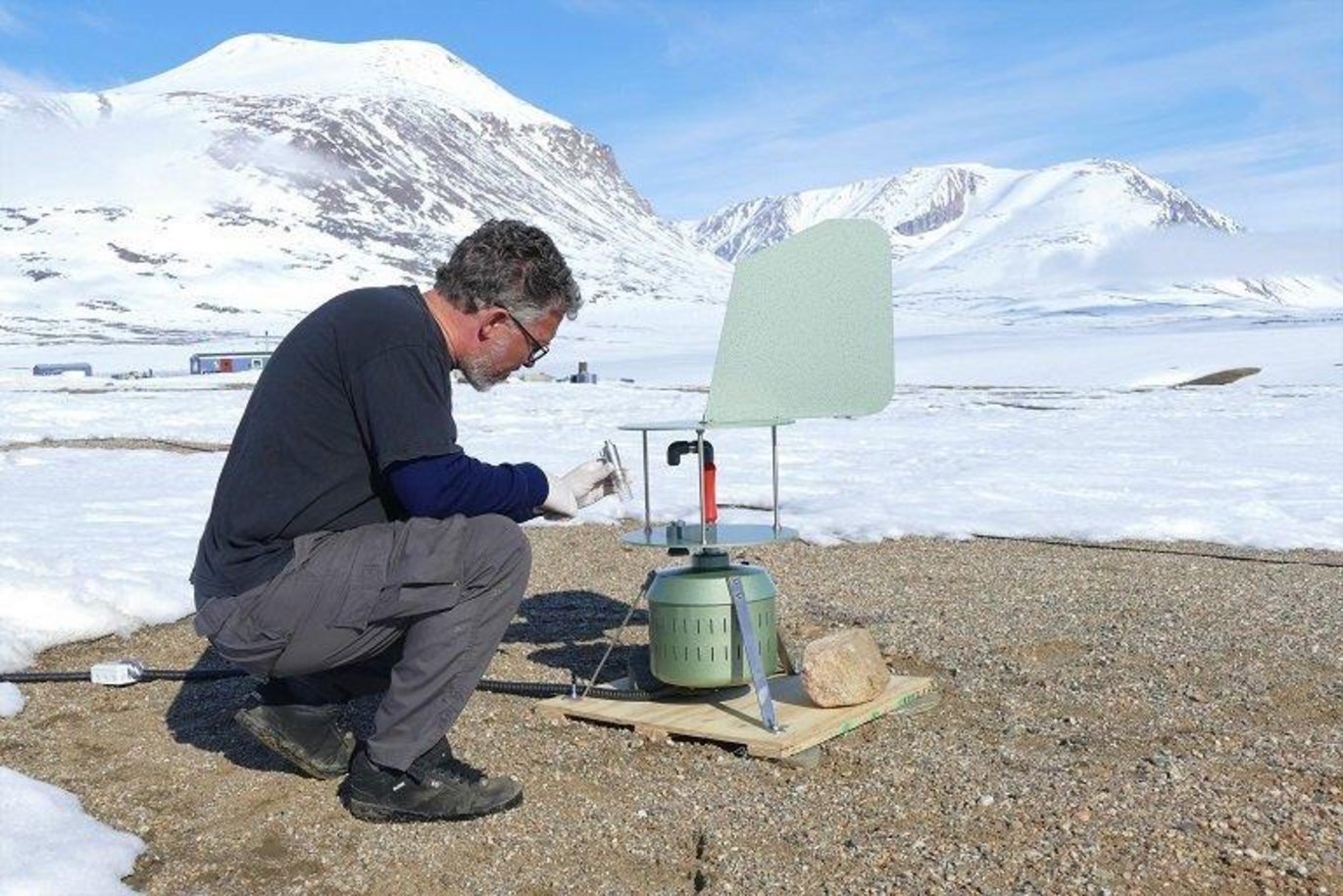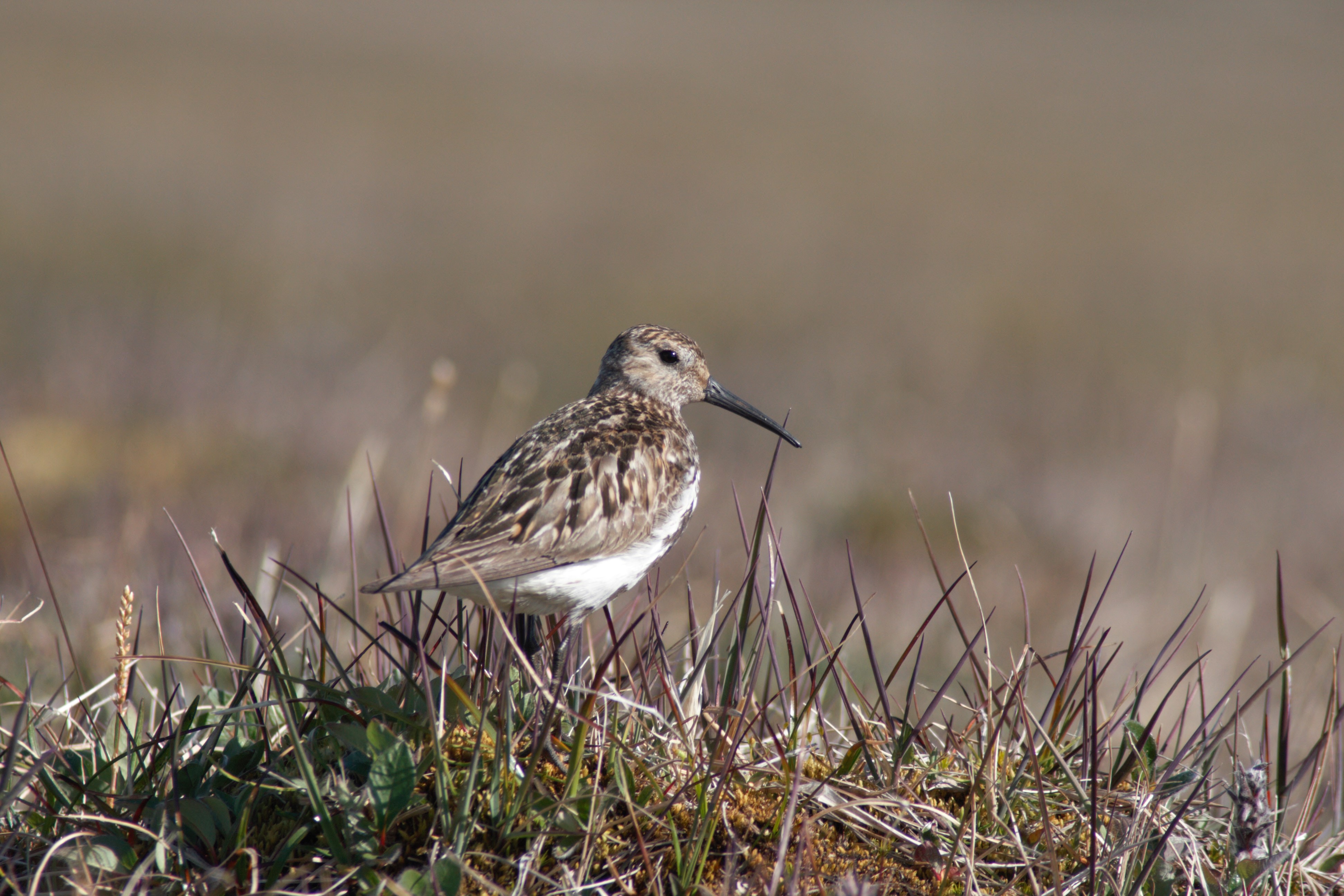GEM Scientist of the Month - October
This October, there has been more time already to reflect on the sampling that had been achieved and to give the fresh monitoring data a first scan. Our scientist of the month October, Jannik Hansen, looks back at this year’s short fieldwork season due to Covid-19 in Greenland, but also on his experiences as BioBasis permanent staff within GEM.


Jannik is part of the GEM monitoring programme at Zackenberg Research Station, specifically the BioBasis programme, since 2005. Every summer, he takes care of all bird-related monitoring, such as a breeding bird census and assessing the breeding biology for three wader species and for long-tailed skuas. Furthermore, he is part of the other BioBasis tasks, such as counting muskoxen in the valley and collecting samples from the arthropod traps. Although the current biological monitoring might seem less technology-driven and more human-powered than some of the other parts of the Zackenberg monitoring, the colleagues of Jannik that use drones are gaining a lot of knowledge in new ways. It seems to give higher resolution and precision in certain data series. Trying to implement different levels of resolution and precision to the data series, for Jannik, the main technological improvement has been starting to use GIS and tablets in data collection.
“We’re facing a challenge software-wise in the near future, but I’m sure we will overcome it somehow. It has been a very time saving implementation. Furthermore, it is good to see that the monitoring work at Zackenberg is linked to monitoring at the other GEM sites. Comparative studies between sites are always interesting.”
His love for biology, especially of birds, started early during birding and fishing trips with his uncle. Still, it took until his 3rd year of university when two short Arctic and Polar biology courses at the University of Copenhagen and a year of studying at UNIS in Svalbard made him experience the beauty of the Arctic - he was hooked!
Since then, he worked many long seasons in the Arctic, facing challenges of safety issues when facing wildlife, to limited emergency services in these remote regions. Being aware of safety issues around remoteness and animal encounters, the research station, however, have safety routines and protocols that should mitigate most of these challenges. It all finally pays off though, for instance when observing a rare bird, polar bears or retrieving the first data loggers to shed light on the migration and wintering quarters of the long-tailed skua.
“But I find it equally rewarding to have some part in many other research projects, sometimes directly, sometimes through delivering data from our monitoring. This goes for projects running at Zackenberg as well as other projects elsewhere where our data and expertise can be useful. Adding pieces to the puzzle within the Arctic ecosystem, in breeding biology of waders, migration of birds and many other topics.”
Still, with the expenses for fieldwork in the Arctic, Jannik jokingly mentions to be glad not to spend a lot of time and effort to find out from where the next project’s money should come. Seeing the speed of change and the need for precise and long-term data, he still hopes for continued funding for keeping up long-term monitoring funding for Arctic projects - also after his eventual retirement.
“It’s a great way to keep the finger on the pulse, and as we learn more and more, we can interpret that pulse more precisely. As to solutions to climate change, I think we must act now to what we know and not wait for whichever solutions or insight comes later. I believe time has passed beyond the point where we can wait and see.”
In order to make his point about the recognition of Arctic and climate related topics in the public, “like many others”, as Jannik optimistically states, he also engages in politics to the extent of attending marches and protests, in discussion among colleagues, friends and family and as well as in conscious voting decisions - locally, nationally and for the European Parliament. Additionally, Jannik is in the board of the International Wader Study Group, which is also active in advocating conservation policies. We eventually asked Jannik, what his advice to the next generation of aspiring scientists would and couldn’t agree more when he stated:
”If you have a drive for this, go for it!”